WHIPTAIL CATFISH 5-7CM PLECO LIVE TROPICAL FISH TANK ALGAE EATER
£8.71
The Whiptail Catfish is a live tropical fish that serves as an excellent algae eater for your fish tank. With its unique attributes and comprehensive care guide, this fish is a great addition to any aquarium.
987 in stock
Short Description:
The Whiptail Catfish is a live tropical fish that serves as an excellent algae eater for your fish tank. With its unique attributes and comprehensive care guide, this fish is a great addition to any aquarium.
Product Categories: Algae Eaters, Fish
Secure Transit:
Our 24-hour courier service ensures your fish arrive safely with poly boxes and heat packs during colder months.
Shipping Convenience:
Combine multiple items in one order to streamline shipping.
Dead on Arrival (DOA) Policy:
Should any fish arrive deceased, promptly inform us with photographic evidence, and we will refund you or send you a replacement.
Product Description:
Scientific and Common Names:
The Whiptail Catfish, also known as Rineloricaria sp., is a popular species among aquarium enthusiasts.
Habitat:
These catfish are native to South America, specifically the Amazon River basin. They are found in rivers and streams with moderate to fast-flowing water.
Tank Setup:
A tank with a minimum capacity of 20 gallons is recommended for a small group of Whiptail Catfish. Provide plenty of hiding spots with caves, driftwood, and rocks. The substrate should be sandy or fine gravel to mimic their natural habitat.
Diet and Nutrition:
Whiptail Catfish are primarily herbivorous and feed on algae and biofilm. However, they will also accept sinking pellets, wafers, and blanched vegetables. Supplement their diet with occasional live or frozen foods like bloodworms or brine shrimp.
Size and Growth Rate:
These catfish typically reach a size of 5-7cm (2-2.8 inches) in length. They have a slow growth rate and may take several years to reach their maximum size.
Behavioral Traits:
Whiptail Catfish are peaceful and social creatures that can be kept in community tanks. They are active during the day and spend most of their time grazing on algae-covered surfaces. These catfish are known for their unique body shape, resembling a whip or a twig, which helps them camouflage in their environment.
Care Level:
The Whiptail Catfish is relatively easy to care for, making it suitable for beginner aquarists. Regular water changes and maintaining good water quality are essential for their well-being.
Breeding and Reproduction:
Breeding Whiptail Catfish in captivity can be challenging. They are egg-layers, and the male guards the eggs until they hatch. Providing suitable breeding conditions, such as caves or PVC pipes, can increase the chances of successful breeding.
Health and Disease Prevention:
Maintaining a clean and well-maintained aquarium is crucial for the health of Whiptail Catfish. Regular water testing, proper filtration, and avoiding overfeeding can help prevent diseases. Quarantining new fish before introducing them to the main tank is also recommended.
Optimal Water Conditions:
– Temperature: 24-28°C (75-82°F)
– pH: 6.5-7.5
– Hardness: 2-15 dGH
Lifespan:
With proper care, Whiptail Catfish can live for 5-8 years or even longer.
Additional Interesting Facts:
– Whiptail Catfish are known for their ability to regenerate damaged fins.
– They have a unique body shape and coloration, which helps them blend into their surroundings.
– These catfish are excellent algae eaters, making them a natural solution for controlling algae growth in your aquarium.
– Whiptail Catfish are peaceful and can be kept with a variety of tankmates, including small to medium-sized fish and peaceful invertebrates.





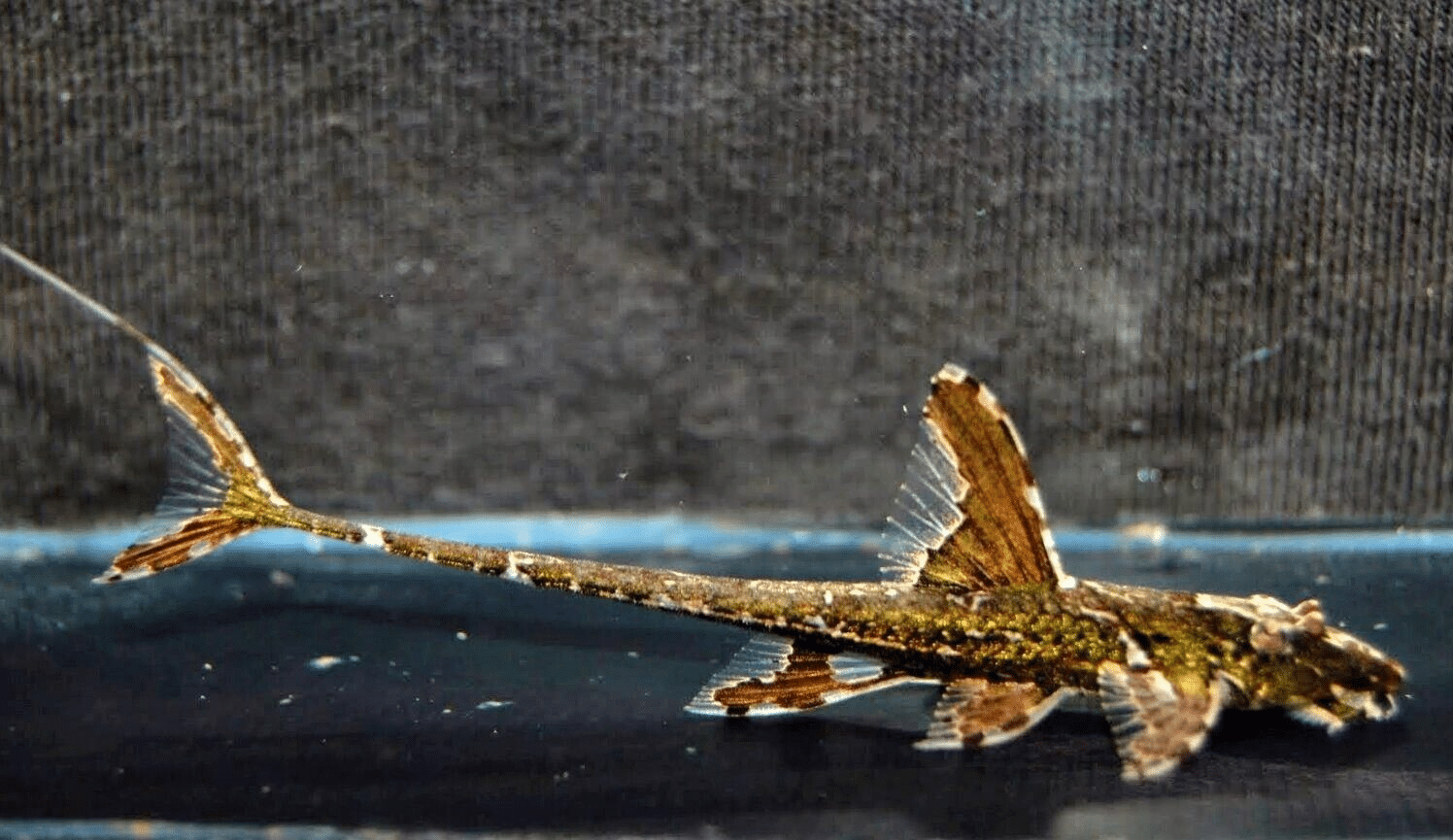
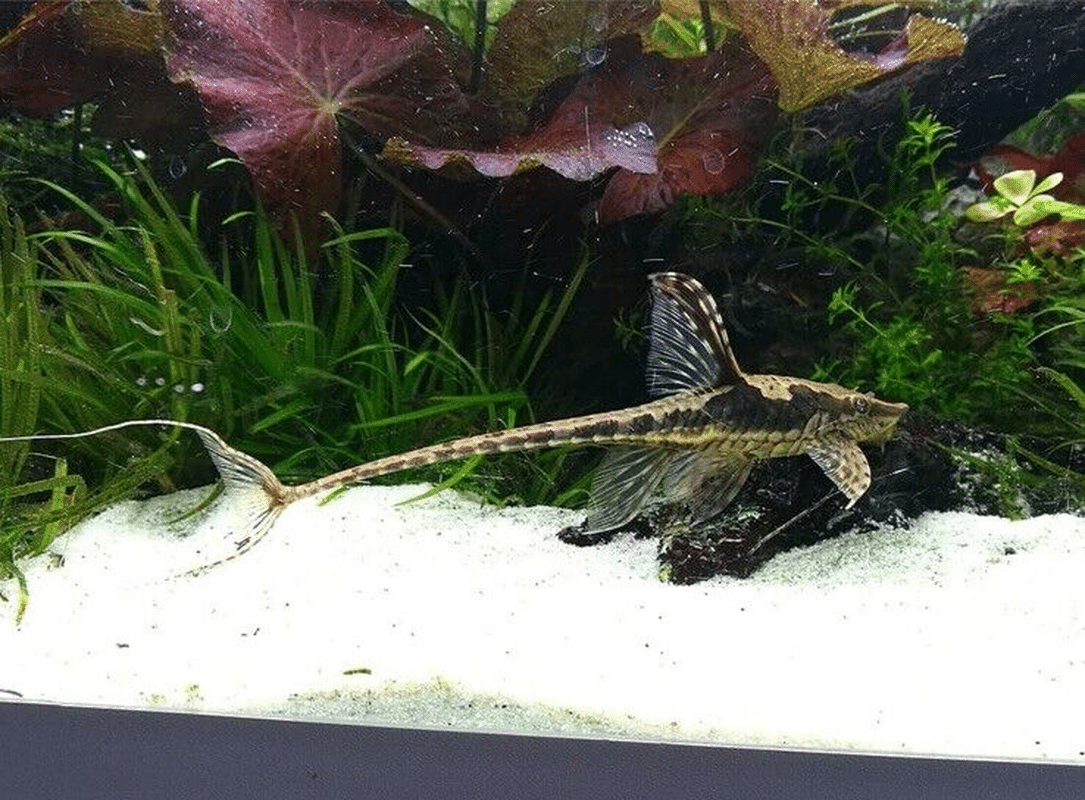


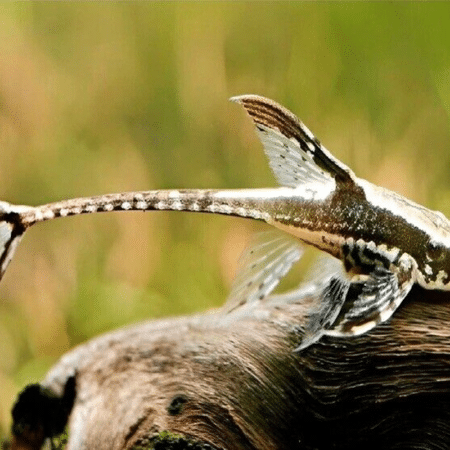

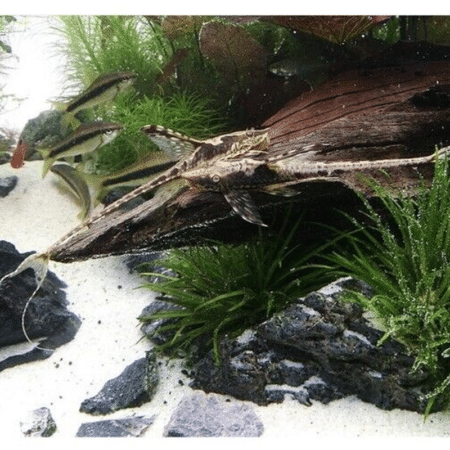




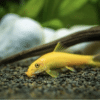

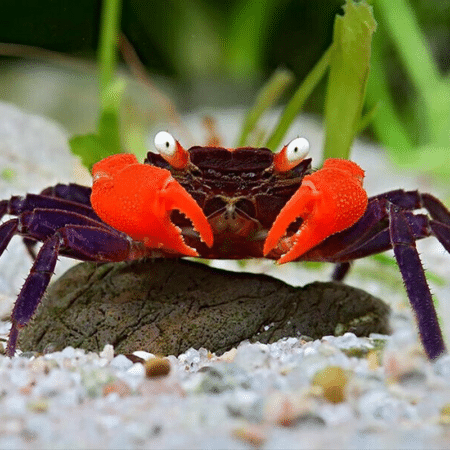





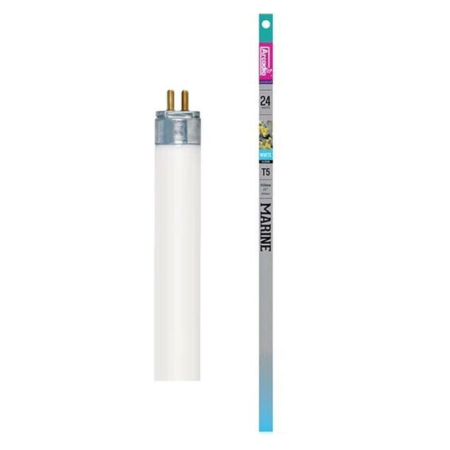

Reviews
There are no reviews yet.